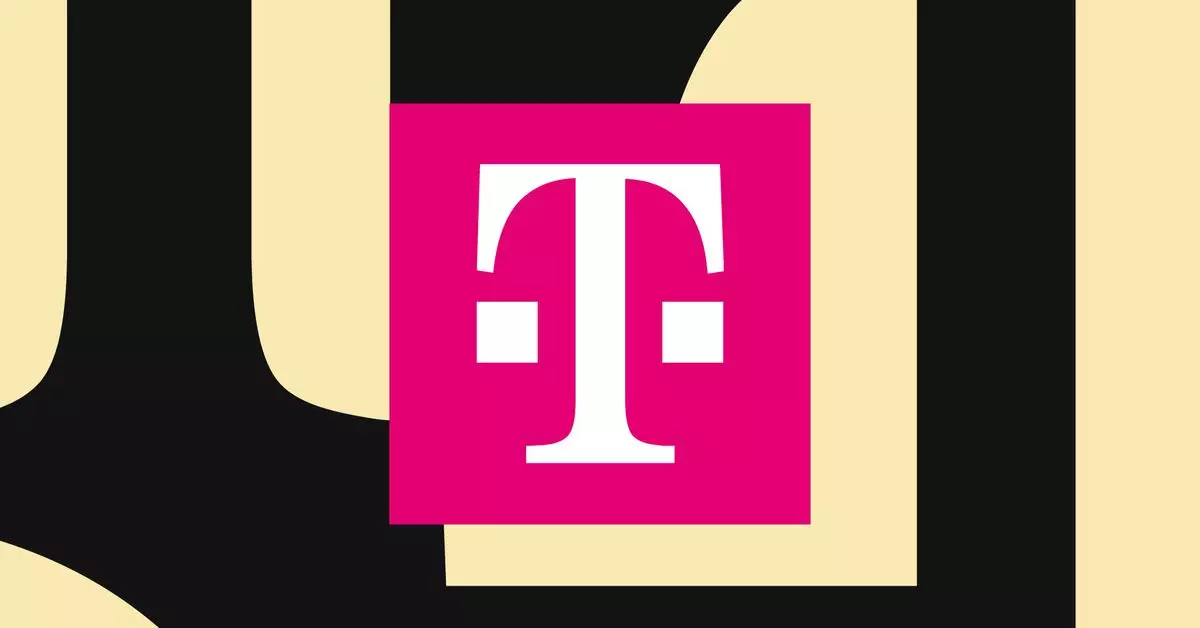The devastating impact of Hurricane Helene has brought to light the vulnerabilities in our communication systems, particularly in disaster-affected regions like North Carolina. With countless people stranded and cut off from essential services, the necessity for reliable emergency communication channels became glaringly apparent. In a timely response, the Federal Communications Commission (FCC) granted SpaceX and T-Mobile provisional approval to leverage the innovative capabilities of Starlink satellites, enabling a direct-to-cell service aimed specifically at re-establishing communication in these impacted areas.
The deployment of Starlink’s satellites represents a groundbreaking stride in telecommunications, particularly under dire circumstances. With the operational capacity to broadcast emergency alerts across all networks and initiate basic texting functionalities, this technology seeks to bridge communication gaps caused by the hurricane’s aftermath. These initiatives, which utilize satellite constellations, can offer real-time solutions where traditional cellular networks have faltered or become entirely nonfunctional.
Despite the promising approach, it’s critical to note that the services provided by SpaceX’s direct-to-cell system are currently offered on a “best-effort basis.” The full constellation is yet to be realized, which means that while users will be able to send basic SMS communications, the service might not be completely reliable. This peculiar mix of potential and limitation presents a unique challenge for both the providers and recipients of this satellite communication technology.
The evidence of communication hurdles is stark. Data from the FCC has revealed widespread “blackout zones” in North Carolina, illustrating the critical need for robust solutions to ensure that affected residents can connect with emergency services and loved ones. The flooding resulted in extensive outages, forcing many individuals into isolation without reliable means of communication. SpaceX and T-Mobile’s efforts in these hard-hit regions highlight a collaborative approach to crisis management, yet it remains evident that the infrastructure must evolve to accommodate such emergencies more effectively in the future.
Moreover, the reluctance of established telecommunications giants such as AT&T and Verizon to embrace satellite technology adds another layer to this evolving narrative. Complaints regarding potential interference from Starlink satellites underscore the tension between traditional networks and innovative solutions. This adversarial stance raises questions about the future dynamics of telecom competition and whether current regulations adequately serve the public interest during crises.
Looking forward, the launch of direct-to-cell capabilities could be a watershed moment for both satellite technology and emergency communications. While the initial phase may yield inconsistencies, the continual adaptation and expansion of this technology will likely lead to more reliable access in future emergencies. As evidenced by the collaborative efforts amidst Hurricane Helene, effective communication during crises should not only be prioritized but also fundamentally reimagined.
As we navigate the aftermath of natural disasters, the integration of satellite communication into our emergency response systems could play a crucial role in safeguarding lives in the face of adversity. The potential for more robust and adaptable communication solutions must be recognized, ensuring that no matter the circumstances, people can remain connected when they need it the most.


Leave a Reply